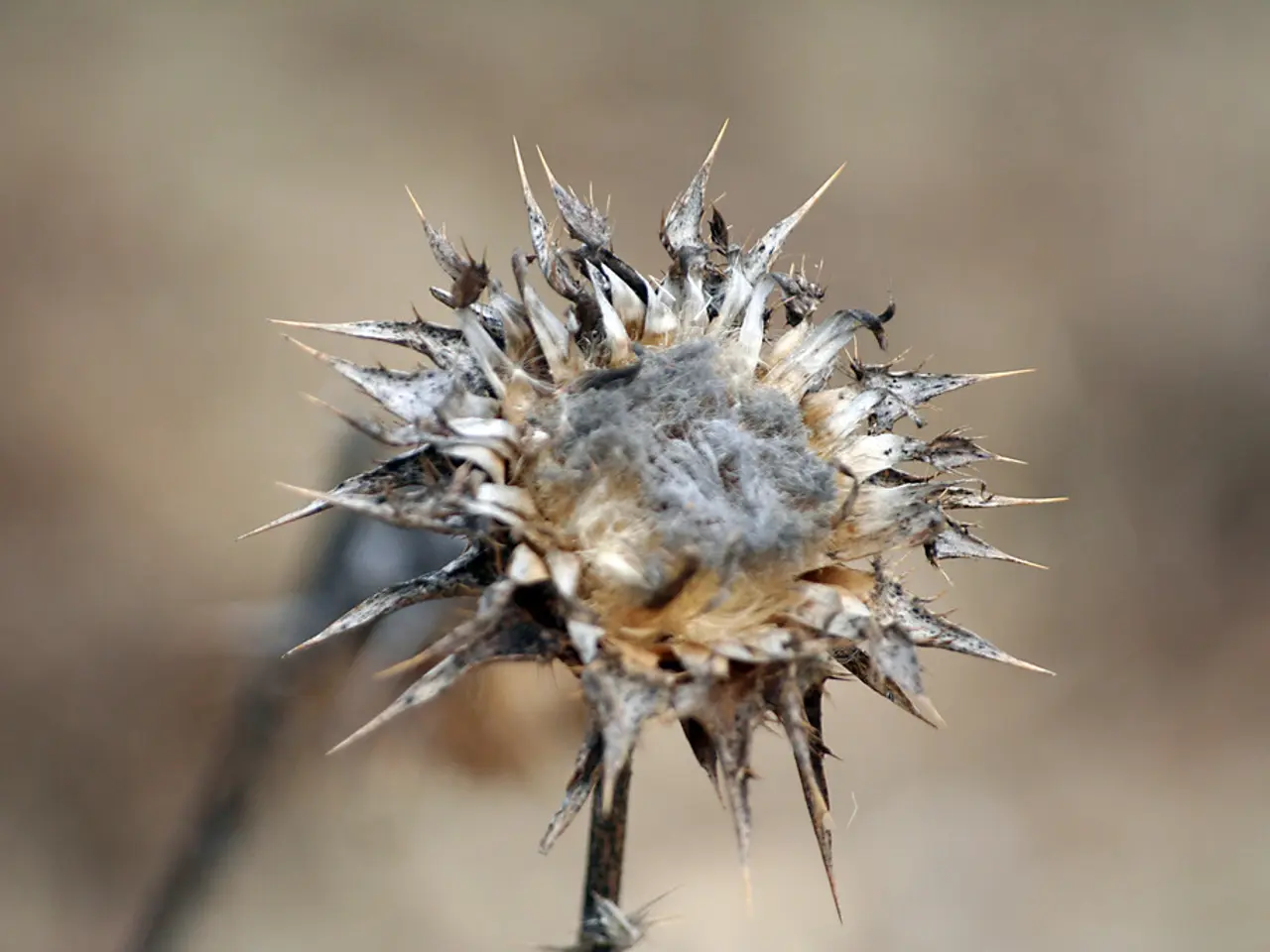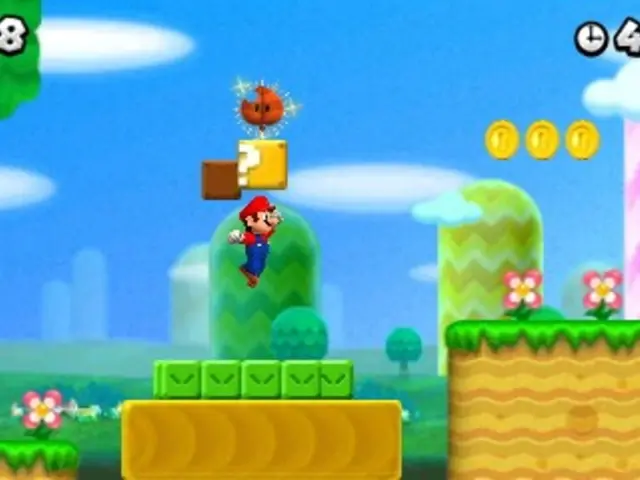Expert advice on prolonging petunia blooms: deadheading explained
In the world of gardening, few plants bring as much joy and colour as petunias. These vibrant blooms can brighten up any garden or container, but to ensure they continue to thrive and produce an abundance of flowers, regular deadheading is essential.
Deadheading petunias is the process of removing spent blooms to encourage new growth. Here's a simple, step-by-step guide to help you extend the blooming period of your petunias:
1. Identify Spent Blooms: Look for flowers that have wilted or faded and are no longer attractive or producing new blooms.
2. Find the Cutting Spot: Trace the flower stem down to where it joins the next set of healthy leaves or a branching point. Remove the flower from the base, which often has a slight bulge or a green seed pod.
3. Pinch or Snip the Stem: You can pinch off the spent bloom using your fingernails just above the nearest leaf node for small jobs. For larger numbers of petunias or thicker stems, use clean, sharp scissors or garden snips to make a clean cut.
4. Remove the Entire Flower Head: Make sure to remove not only the dead petals but also the green base (peduncle and receptacle) that attaches the flower to the stem. Leaving the green seed pod signals the plant to produce seeds instead of flowers, which reduces bloom production.
5. Dispose of Wilted Blooms: Remove all the dead flower parts from the plant and surrounding soil to reduce disease risk and keep the area tidy.
6. Repeat Regularly: Deadhead your petunias at least once a week, or better, check and do it several times a week during peak blooming periods. This routine deadheading encourages the plant to focus energy on producing new flowers instead of seeds.
In addition to regular deadheading, there are other tips to prolong petunia blooms:
- If petunias become leggy, pinch back or prune them by about one-third to encourage bushier growth and more flowers. - Use consistent fertilization alongside deadheading for the best flowering results. A slow-release fertilizer at planting and supplemental balanced or bloom-boosting fertilizers every 2-4 weeks help maintain strong growth and ongoing blooms. - Some petunia varieties like Wave petunias or Supertunias are self-cleaning and do not require frequent deadheading, though occasional pruning helps maintain shape and vigor.
By following these steps, you can promote prolonged and abundant blooming in petunias throughout the growing season. Remember, it's important to act quickly once spent blooms are noticed, and to dispose of wilted blooms to prevent rot or fungal issues. Regularly clean your snips to prevent disease spread, and consider using gardening gloves awarded 'Amazon's Choice' for a comfortable, stylish, and breathable gardening experience.
Whether you're a seasoned gardener or just starting out, with a bit of care and attention, you can enjoy the beauty of petunias for months to come. Happy gardening!
Deadheading petunias not only removes spent blooms to promote new growth but also extends the blooming period of these vibrant plants. By identifying spent blooms, finding the cutting spot, and removing the entire flower head, including the green base, you can encourage your petunias to produce an abundance of flowers. Regular deadheading, at least once a week, is essential, especially during peak blooming periods.
In addition to regular deadheading, using consistent fertilization, pruning leggy petunias, and choosing self-cleaning petunia varieties can also help prolong blooms. With these tips, you can enjoy the beauty of petunias for months to come, immersing yourself in the world of gardening, home-and-garden, and wellness lifestyle.








